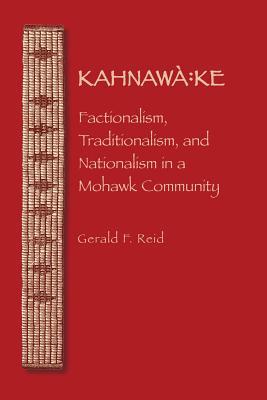The core of Kahnaw ke's cultural and political revitalization involved efforts to revive and refashion the community's traditional political institutions, reforge ties to and identification with the Iroquois Confederacy, and reestablish the traditional longhouse within the community. Gerald F. Reid interprets these developments as the result of the community's efforts to deal with internal ecological, economic, and political pressures and the external pressures for assimilation, particularly as they stemmed from Canadian Indian policy. Factionalism was a consequence of these pressures and an important ingredient in the development of traditionalist and nationalist responses within the community. These responses within Kahnaw ke also contributed to and were supported by similar processes of revitalization in other Iroquois communities.
Drawing on primary documents and numerous oral histories, Kahnaw ke provides a detailed ethnohistory of a major Kanien'kek ka community at a turbulent and transformative time in its history and the history of the Iroquois Confederacy. It not only makes an important contribution to the understanding of this vital but little studied community but also sheds new light on recent Iroquois history and Native political and cultural revitalization.
